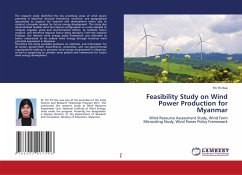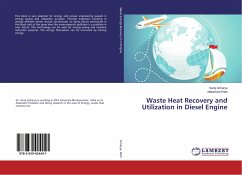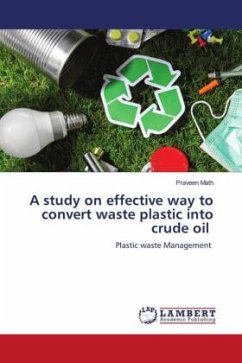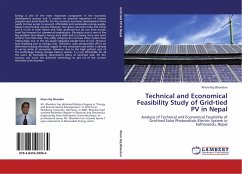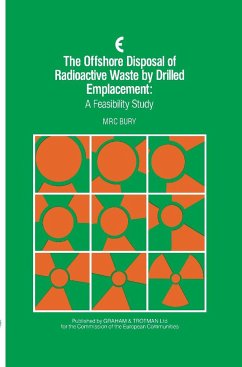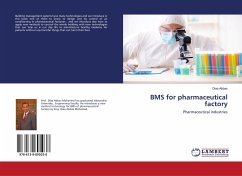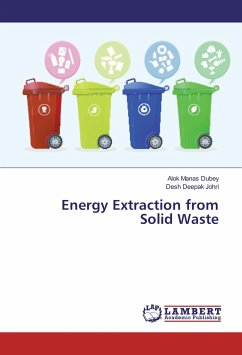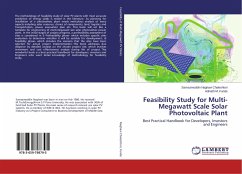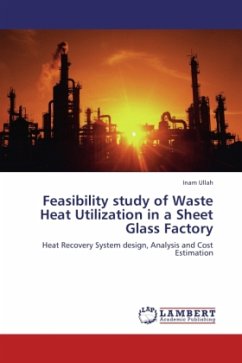
Feasibility study of Waste Heat Utilization in a Sheet Glass Factory
Heat Recovery System design, Analysis and Cost Estimation
Versandkostenfrei!
Versandfertig in 6-10 Tagen
32,99 €
inkl. MwSt.

PAYBACK Punkte
16 °P sammeln!
Waste heat utilization is well known for saving energy, cost and environment, but its practical implementation is not common especially in developing countries. Heat is produced as a result of energy usage. Overall efficiency of the process improves if waste heat is utilized before it is lost to environment. This book discusses the waste heat recovery system designed for a Glass Factory in Pakistan. In order to extract heat from flue gases, the dew point temperature is first calculated in order to have a lower limit of flue gas exit. The exergy of flue gases is then determined based on this li...
Waste heat utilization is well known for saving energy, cost and environment, but its practical implementation is not common especially in developing countries. Heat is produced as a result of energy usage. Overall efficiency of the process improves if waste heat is utilized before it is lost to environment. This book discusses the waste heat recovery system designed for a Glass Factory in Pakistan. In order to extract heat from flue gases, the dew point temperature is first calculated in order to have a lower limit of flue gas exit. The exergy of flue gases is then determined based on this limiting value. This available energy is to be used to preheat the furnace oil during the low ambient temperature season. In order to impart this energy to the furnace oil, two heat exchangers have been designed. The first heat exchanger transfers heat from the flue gases to an intermediate heat transfer medium. The second heat exchanger is designed to transfer heat from to the furnace oil. Aninsulated piping network is also designed in order to meet the purpose. Two pumps are selected in order to pump these fluids. The expected payback period of investment is also calculated.



